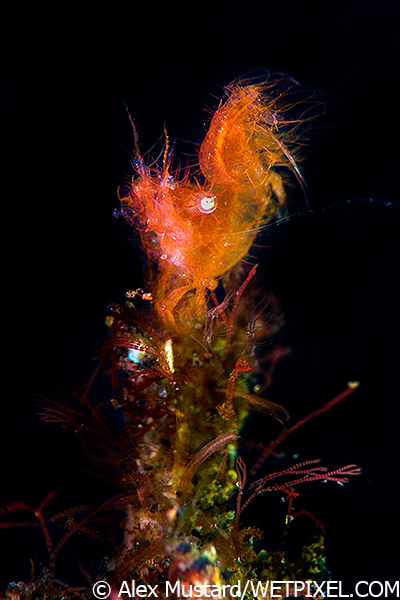Field review: Nikon D7100 and Subal ND7100
Close-ups
The autofocus performance of the D7100 makes it an excellent camera for shooting moving subjects, such as fish, and handling tricky macro subjects. I prefer to use AFC with 3D focus tracking for this type of shooting, although will use Auto area and Single point from time to time too with my macro lenses. I will often switch to back button focus for super macro shooting, but prefer the focus on the shutter release for fish portraits and standard close ups.
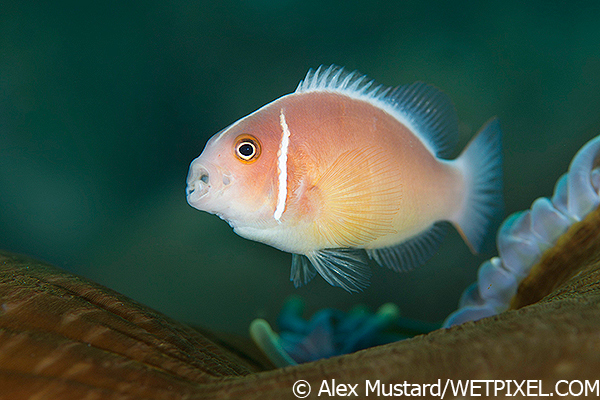
I have used FX Nikons as my main underwater camera since the introduction of the D3 (the first FX Nikon). So I always notice how different the classic 105mm and 60mm lenses are when you switch to DX. If I shot DX as my main system, I would definitely buy either a Nikon 40mm macro or Sigma 17-70mm for the larger reefy subjects. On DX, the 60mm lens is the go to choice on muck dives where frogfish, octopuses etc are the intended subjects. The 105mm is the choice for macro subjects (shrimps, nudibranchs) although it is a long lens, and requires good diving stability to shoot well. Furthermore, the 105mm can be frustrating to have attached to your camera, when a larger subject poses. I took my Nikon 1.7x teleconverter with me to Bali (as I use it a lot on my D4 with the 105mm) and didn’t use it once on the D7100.
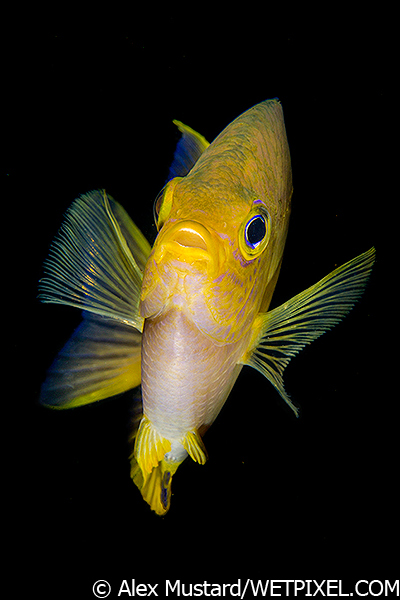
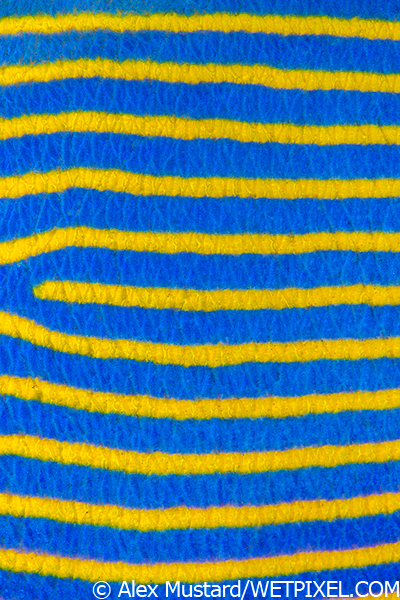
FX shooters will tell you that one reason that they prefer the larger sensor is that it is better for creating shallow depth of field and bokeh shots. While this is true in theory and in the studio on land, in practice, working with macro lenses on small subjects underwater, we have so little depth of field that even DX cameras can easily produce shallow depth of field images, if we want them. When dealing with the tiniest subjects we may not have to open up the aperture at all.
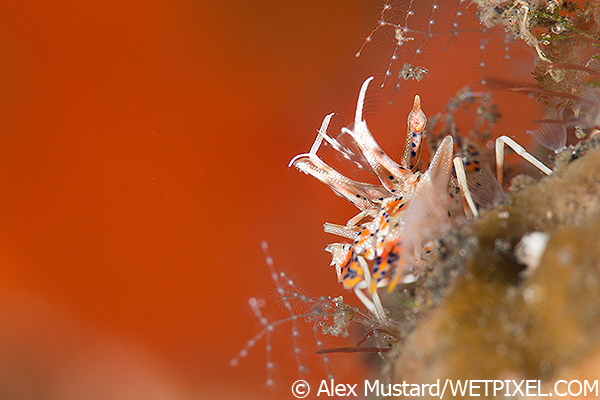
A few years ago, in the Wetpixel/Dive Photo Guide/Our World Underwater International Photo Competition (aka The Superbowl of Underwater Photography) we introduced a new super macro category. We got so few entries that passed RAW auditing that ultimately we did not award all the placings. This situation would be unimaginable now. I went to Bali to judge the IWUPC and as judges we commented that the macro category was now entirely dominated by super macro shots. The proliferation of accessories, like the industry standard Subsee lenses and the exciting new Nauticam SMC, has propelled super macro into the mainstream. Furthermore, photographers have found that once they are used to the demands of the technique, this is a quick route to visually simple and powerful images, as the extremely shallow depth of field tends to yield pleasing backgrounds however you aim the camera.
At first glance, the D7100 seems an ideal super macro machine: excellent autofocus and the highest pixel density of any Nikon SLR (D800 included). Stick a 105mm in front of it, aim it at a tiny subject and record a more detailed image than any other Nikon. Well that is the theory.
Generally when we shoot super macro we tend to stop the lens down as far as it will go. First, this is because we can. With such small working distances we have lots and lots of light. I usually shoot super macro with my Inon Z240s on 1/8 power and still can shut down my aperture all the way. And second, we need to. True super macro is dealing with razor thin depth of field and we need to stop down all the way just to get both sides of the same eye in focus! And this is where the D7100 comes a little unstuck.
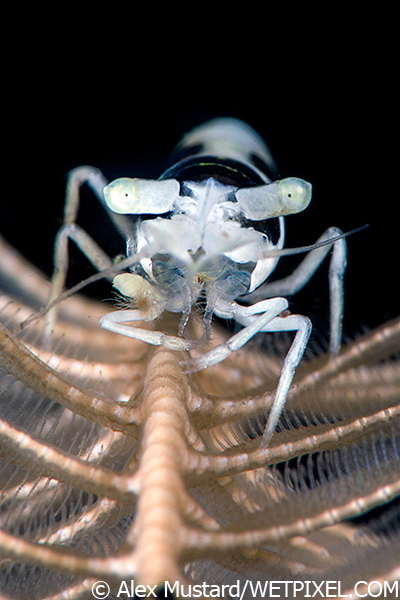
Ever since Nikon put a 12MP sensor in the D2X, people have been shouting that images will be limited by diffraction. As underwater photographers we’ve looked for it in real world images and never seen it at a level that is obvious. The D7100 is the first SLR I have shot underwater where it is.
Diffraction is often misunderstood. And I hope to explain it in a way that everyone can follow (with apologies to the purists). When we close the aperture of a lens (go from f/11 to f/22) we can expect more depth of field. But with a smaller aperture we also get a loss of image sharpness caused by diffraction. The level is the same in any lens at any given aperture, but whether we see it on our images depends on a few factors, including the size of our pixels.
A large sensor with large pixels does not see diffraction, where as a small sensor with small pixels is trying to resolve much “deeper” and therefore sees it. The level of diffraction at, say f/22 on all DX Nikons has been the same since the D1. But it has not been something to concern ourselves with as the sensors have not really resolved it in real world shooting (through murky water where so many other things act to soften images). The D7100 does look deep enough into the image to see it.
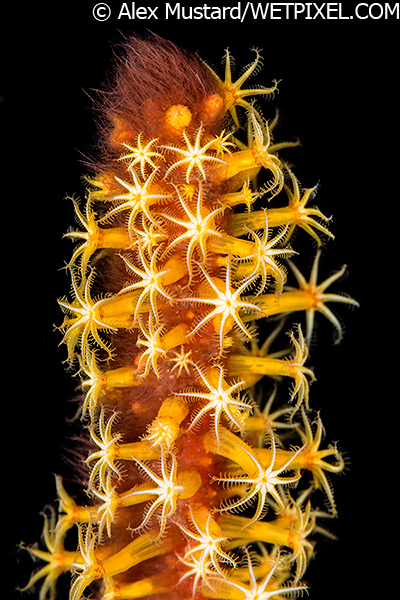
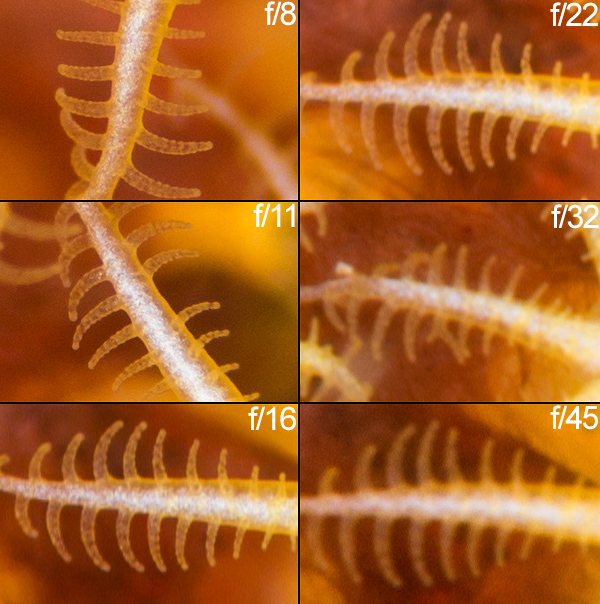
The D7100 suffers more diffraction than older DX Nikons only because it is resolving more. In reality, the diffraction at these smallest apertures, which we are only going to use for super macro shooting, is the same in all cameras with the same sensor size. It just that the high resolution sensor of the D7100 is able to resolve the lack of sharpness.
In practice, what does this mean. Well, with a DX Nikon shooting wide angle and fish portraits etc we should be using apertures in the range of f/8-f/13. At these apertures there is no visible diffraction. So for these types of images we do not need to think about it again. In standard macro shooting we are likely to often use apertures of f/16-f/22. At these settings there is some diffraction, but it will all but disappear in standard image processing and sharpening and again we really don’t need to be concerned.
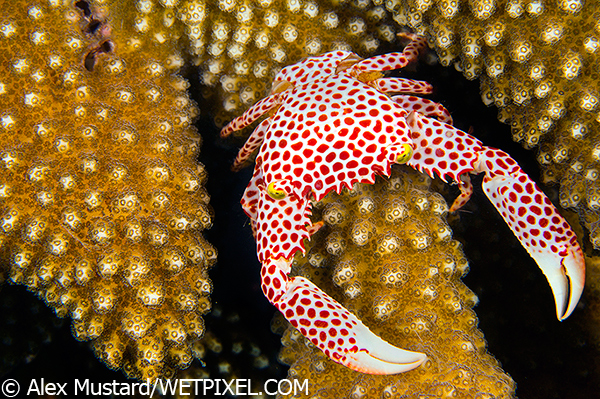
The only time we may want to consider diffraction on the D7100 is when we are shooting super macro. If you never shoot super macro, no problem! If you do, you have two options. First, just ignore it and use the aperture you want for depth of field you desire. This approach is fine and ignoring diffraction will leave you with images, even at the smallest apertures that are as good as you could have got with a D7000. The alternative is to worry about diffraction and shoot super macro at more open apertures. While this will allow you to realize the full potential of your 24MP, it will mean you are deleting lots of images because of lack of depth of field.
I think the best solution is to generally pick the aperture you need, but only go above f/32 in extreme cases. Ultimately it is the image that matters and it won’t in any way be ruined by a bit of diffraction, you simply loose the extra resolution advantage and end up with an image you could have taken with the 16MP D7000 – hardly the end of the world.
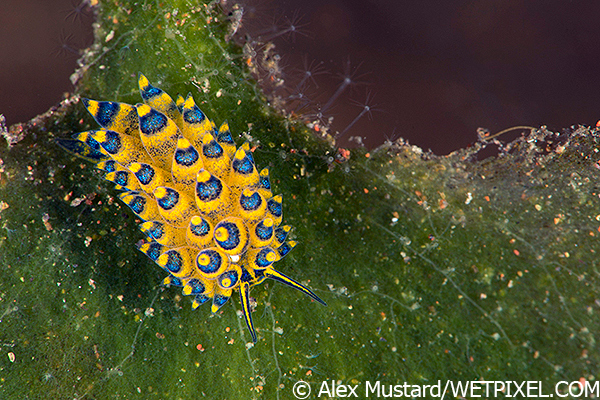
I have debated cutting the following couple of paragraphs from this review as I don’t want to go on and on about diffraction and overstate its importance. You really don’t need to worry about it that much! But I think this is worth mentioning because since the introduction of the D800 and now with the D7100, the way we think about image quality in digital files is different. And this is interesting.
Both the D800 and D7100 show noise at a pixel level when you increase ISO. This is different from previous generation Nikons, like the D3 and D700. The difference is that the very high resolution of the D800 and D7100 means that while noise is visible at a pixel level (zoomed into 100% crop) it is not significant in the final printed file – as long as we are not printed huge. Another way of thinking about it is that if you want the full resolution from a D800 or D7100 then you should shoot base ISO. If you need to turn up the ISO, no problem, you just have to be aware that you are limiting your final reproduction size as you will need to downsample the file to hide the noise. This is not a problem for almost all applications as both cameras produce such large files.
I bring this up because in many ways we can think of diffraction in the same way as high ISO noise. Increase ISO or aperture and we impact image quality at a pixel level, but this only really limits how large we can reproduce a file.
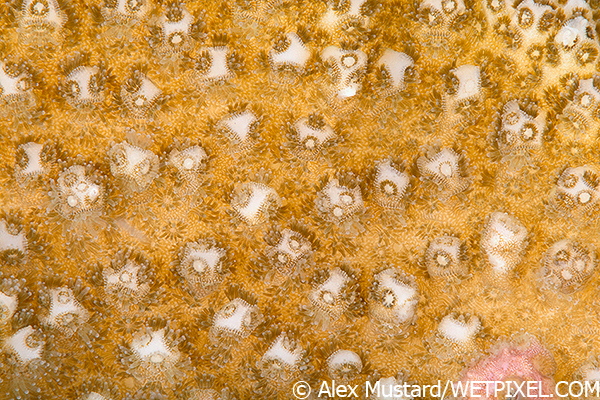
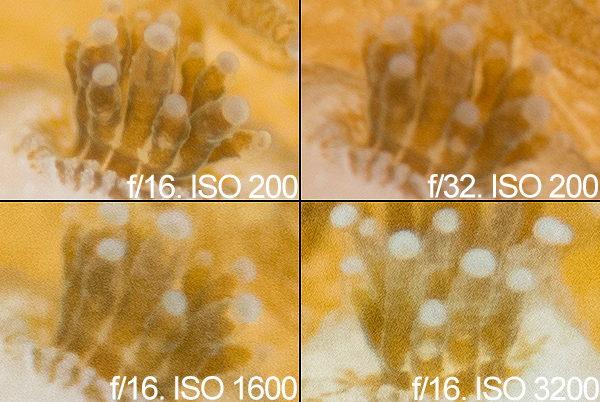
The D7100 is an excellent macro and close up camera. But perhaps is not the perfect super macro camera, although that does depend a little on your intended output. Even with the smallest aperture (and the most diffraction) the images would still print wonderfully at full page in a magazine. I want to stressing again that diffraction is not a major issue, at worst reducing your ND7100 files to ND7000 files in super macro shooting.
